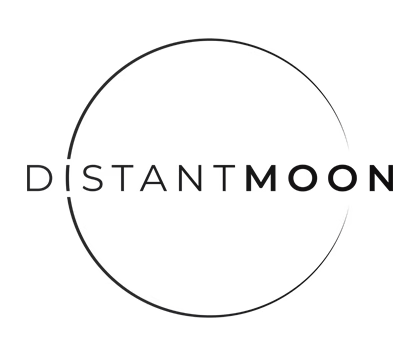So, yesterday, my family and I returned from a three-day whirlwind journey through Disney World. Imagine a trip across the Magic Kingdom, Animal Kingdom, Epcot, and Hollywood Studios with four boys under 11 and multiple cousins in tow. It was exhilarating, exhausting, magical, and sometimes frustrating (when you realize you’ve definitely pushed a four-year-old too way to far without a nap).
Honestly, my favorite moment was toward the very beginning of the trip. Yetta and I had been planning for 9-months and it was a total surprise for our kids. They found out on the morning of our departure that we were headed to the airport. But even better, at the airport, they found out that not JUST they were going to Disney World, but some of their cousins were as well! It was by far the most fun surprise Yetta and I have ever undertaken! (you can watch the video of the boy’s reaction at the end of the email).
All that to say, we had a blast on the trip, but there was one element of the trip that caught me totally off-guard: Deep existential questions from my four year old.
You see, my four-year-old Wes asked the same question at least thirty times a day:
“Is that real?” (pointing at the Millennium Falcon)
“Is she real?” (pointing at a Disney princess)
“Is Mickey Mouse real?” (pointing at, you guessed it, Mickey Mouse).
Imagine 30 variations on that theme each day. By the end of the trip, I had heard “is it real” close to a hundred times.
And it got me thinking: the “magic” of Disney isn’t actually about creating real things. What they’ve mastered is creating technically impossible experiences (entering the Star Wars universe, racing a Tron bike, meeting famous animated characters, journeying through a dozen countries in a fifteen-minute walk) and making them feel real. Or at least as real as current technological wizardry and set-building artistry allow.
In other words, they’re masters of creating experiences and stories that accompany those experiences that transport you, even if just for a moment, out of the real world and into another one.
And that got me thinking about the transformative power of story. At its heart, story puts the audience in someone else’s shoes (even if only briefly) so that they feel, think, or see the world differently than they had before. And when you can shift how someone sees the world, maybe you can share what truly matters: ideas or values that help them (and perhaps others) flourish.
Now, I love to rag on Disney for “losing their way” as much as the next guy. But I have to give them credit. As Didier Ghez writes in Disneyland Paris: From Sketch to Reality:
“Walt Disney was, foremost, a storyteller. As a result, everything starts with a story at Walt Disney Imagineering. Every detail of every land in the park has to be backed up by a story, a ‘mythology’. Often, the story would never be a part of what the guests would experience, but was used as a strategic outline in guiding the design process. It is the thread that holds it all together, the script from which all the elements flow coherently: design, models, color, backdrops, props and costumes. And it’s the essence that distinguishes a Disney park and its lands from all other parks.”
That philosophy of story first isn’t just rhetoric. It creates real impact. In the last few years, Disney World has drawn around 50 million guests annually. Compare this to the mere 17 million who visit Universal Studios parks a year. Disney dwarfs the competition as they whistle straight to the bank on their story-fist approach.
So maybe Wes’s little question wasn’t just a child’s curiosity. Maybe it was the question at the heart of storytelling itself: is this real? And I think it points to something all of us must wrestle with. For his four-year-old brain, he knew that the story he saw was compelling and he wanted to know “is this how the world works?” The story felt real. And it mattered to him.
And I think that’s the lesson we as filmmakers, storytellers, movement builders, and brand advocates have to be considering every time we interact with our audiences. Are we telling a story that connects with the audience? Does it matter to them? And does it feel real? Only in doing that can we hope to change the world and how the audience sees it.
Here’s to Human Flourishing!
-Ian
P.S. – If you want to dive deeper into how story transports audiences—and how to define the audience you want to reach—join us this Friday for the Film Impact Summit. Only a few seats remain, so register now at distantmoon.com/impact.
Join Us at the Summit!
These are just starting points. At the Impact Film Summit, we’ll dive deeper into frameworks, show examples from inside campaigns, and give you tools to build films that inspire and sustain growth.
📅 Date: September 12, 2025
📍 Location: Hotel Burg, Leesburg, VA
🎟 Register Now—Limited to 50 People
👉 Want to learn more? Watch the video below!
https://www.instagram.com/reel/DOWzdG-kSuy/?igsh=MW00ZzZ4bGs1c2xjZw==
